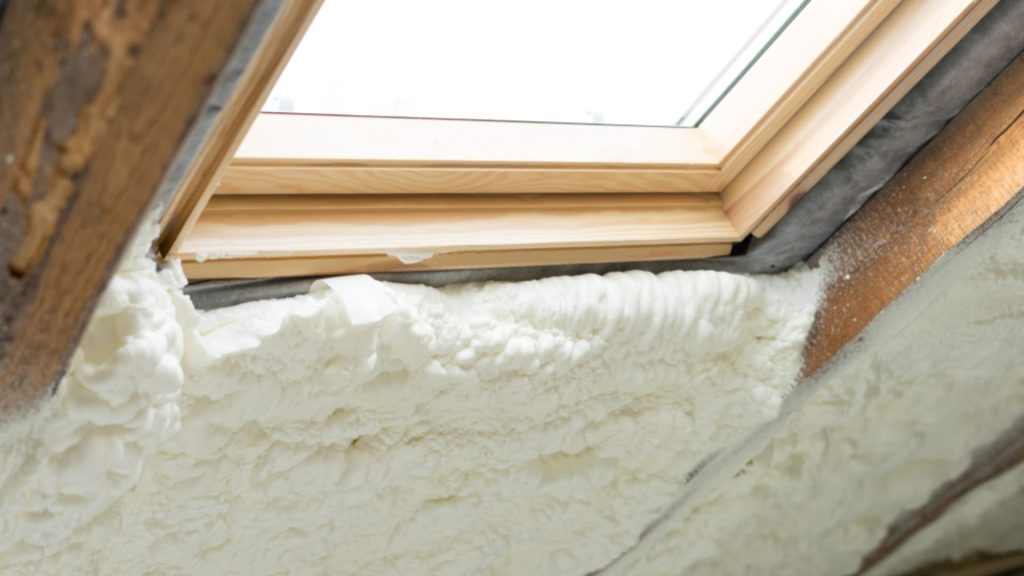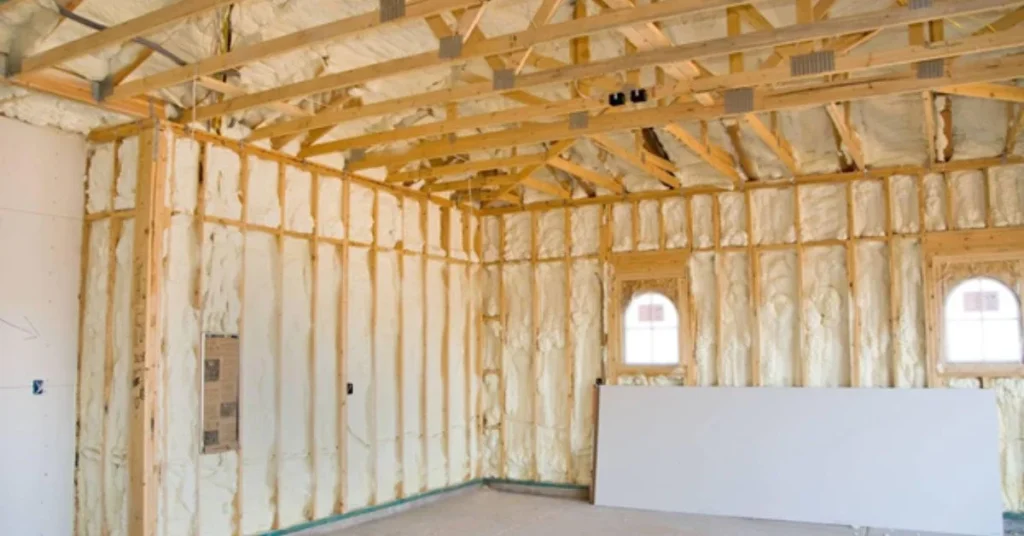When it comes to keeping your home comfortable and energy-efficient, choosing the right insulation is key. You’ve probably heard about R11 and R13 insulation, but what exactly sets them apart?
Understanding the difference can save you money, boost your home’s warmth, and even make your living space healthier. You’ll discover how R11 and R13 insulation compare, and which one might be the best fit for your needs. Ready to make a smart choice for your home?
Let’s dive in.

Credit: insulation4us.com
R-value Basics
R-valueshows how well insulation stops heat from moving. The higher the R-value, the better it keeps heat in or out. This helps keep homes warm in winter and cool in summer.
Insulation works by trapping air inside it. Air does not carry heat well, so it slows down heat flow. Different materials trap air in different ways. This changes their R-value.
For example, R11 insulationis thinner and has less ability to block heat. R13 insulationis thicker and blocks more heat. This means R13 is better for colder places or walls that need more protection.
Comparing R11 And R13
R11 and R13 insulationdiffer mainly in material, thermal performance,and thickness. R11 is usually made of fiberglass or mineral wool. R13 is often denser, offering better heat resistance.
Thermal performanceis measured by R-value. R11 has an R-value of about 11, while R13 has a higher value around 13. This means R13 insulates better, keeping rooms warmer in winter and cooler in summer.
| Feature | R11 Insulation | R13 Insulation |
|---|---|---|
| Material | Fiberglass or mineral wool | Denser fiberglass or mineral wool |
| R-Value | Approximately 11 | Approximately 13 |
| Thickness | About 3.5 inches | About 3.5 to 3.75 inches |
Installation Factors
R11 insulationis thinner and lighter, making it easier to handle. It fits well in walls with thinner studs. R13 insulationis thicker and heavier, so it can be harder to install. It often needs more care to fit snugly without gaps.
Both types work with wood and metal wall frames. R11 is better for older homes with narrow wall spaces. R13 suits newer homes with wider walls and better energy needs. Choosing the right insulation depends on the wall thickness and the effort you want to spend.

Credit: restoreez.com
Energy Efficiency Impact
R13 insulationoffers better energy savingsthan R11. It slows down heat loss in winter and heat gain in summer. This means your home stays warmer in cold months and cooler in hot months.
Choosing R13can lower your heating and cooling bills over time. It helps your HVAC system work less, saving energy and money. Although R13 costs more upfront, it pays off through reduced bills.
Long-term benefitsinclude better comfort and less wear on your heating and cooling system. R13 insulation also adds value to your home by improving energy efficiency. Over years, the savings from R13 can cover its initial price difference compared to R11.
Cost Considerations
Initial expensefor R11 insulation is usually lower than R13. This makes R11 a common choice for those on a tight budget. R13 costs more because it has thicker material and better heat resistance. Spending more at first means better energy savings later.
Return on investmentdepends on how long you keep the insulation. R13 can save more money on heating and cooling bills over time. This is because it keeps your home warmer in winter and cooler in summer. Choosing R13 might mean less money spent on energy each year.

Credit: restoreez.com
Best Uses For R11 And R13
R11 insulationworks well in warm climateswhere less heat loss happens. It fits best in places like interior wallsor ceilings that do not need high insulation. R13 insulationoffers better protection and suits cooler climateswith more temperature changes.
R13 is ideal for exterior wallsand spaces that need more warmth. It helps keep homes warmer in winter and cooler in summer. Both types are easy to install but serve different needs based on climate and space.
Frequently Asked Questions
What Is R11 Insulation Used For?
R11 insulation is typically used for interior walls and ceilings. It provides moderate thermal resistance and is suitable for mild climates or areas with less heat loss.
How Does R13 Insulation Differ From R11?
R13 insulation offers higher thermal resistance than R11. It is thicker and provides better energy efficiency, making it ideal for exterior walls and colder climates.
Which Insulation Is Better For Energy Savings?
R13 insulation is better for energy savings due to its higher R-value. It reduces heat transfer more effectively than R11.
Can R11 And R13 Insulation Be Mixed?
Mixing R11 and R13 insulation is possible but not ideal. Consistent R-values ensure better thermal performance and energy efficiency.
Conclusion
R11 and R13 insulation differ mainly in thickness and warmth. R13 offers better heat resistance than R11. Choosing the right one depends on your budget and climate. Thicker insulation can save more energy over time. Both types help keep homes comfortable and reduce bills.
Understanding these differences helps you make smart choices. Simple steps lead to better home comfort and savings.




